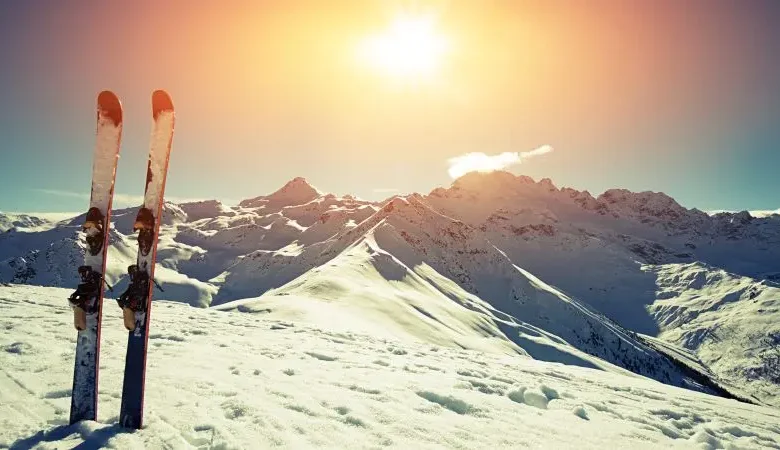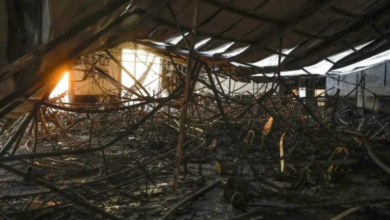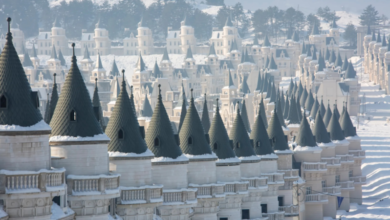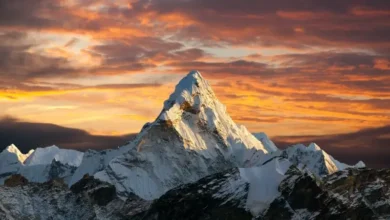Skiing thrives despite pricing rise

In the Austrian Alps, the world’s leading skiing maker, Atomic, is witnessing a steady demand for their high-quality ski products despite rising costs. With a five percent price increase compared to the previous year, Atomic achieved record sales of 277 million euros ($303 million) in 2022 and is set to surpass that figure this year.
Atomic, a subsidiary of Finnish company Amer Sports (now owned by a Chinese consortium), employs around 1000 staff and produces an impressive 550000 pairs of skis annually. Its factories in the small town of Altenmarkt, near Salzburg, and southern Bulgaria produce skis that range in price from several hundred to several thousand euros.

The company credits its success to the recent surge in outdoor sports, as well as increased sales of protective gear such as helmets. Atomic’s clientele ranges from affluent individuals with second homes in the Alps to tourists flying in from abroad who rent skis.
The higher costs of skiing are not limited to ski equipment alone. Ski lift operators in Austria have also raised their prices this year to compensate for rising energy and other expenditures.
These price hikes, reaching up to 8.5 percent, have not deterred skiers. Ski Amade, a prominent ski area in the Altenmarkt region, reported a record sale of 58000 season passes, compared to 54000 the previous year.
However, it should be noted that these price increases may affect the affordability of skiing for some individuals. Despite this, enthusiasts like German holidaymaker Andrea Mentges remain determined to continue enjoying their beloved sport and are willing to make adjustments in other areas of their lives to accommodate the expenses.

Moreover, experts predict that the costs of skiing will continue to rise due to climate change. Ski areas at lower altitudes will face challenges as natural snow becomes scarcer, forcing them to rely more on costly artificial snow production. Nevertheless, ski areas like Ski Amade are investing in improved snowmaking systems to mitigate the impact of warmer winters.
While there are concerns about the long-term sustainability of skiing as a result of climate change, economists suggest that the present demand for skiing could be driven by what is known as “last-chance tourism.” People may be subconsciously aware that the future of skiing is under threat and are taking the opportunity to ski while they still can.










